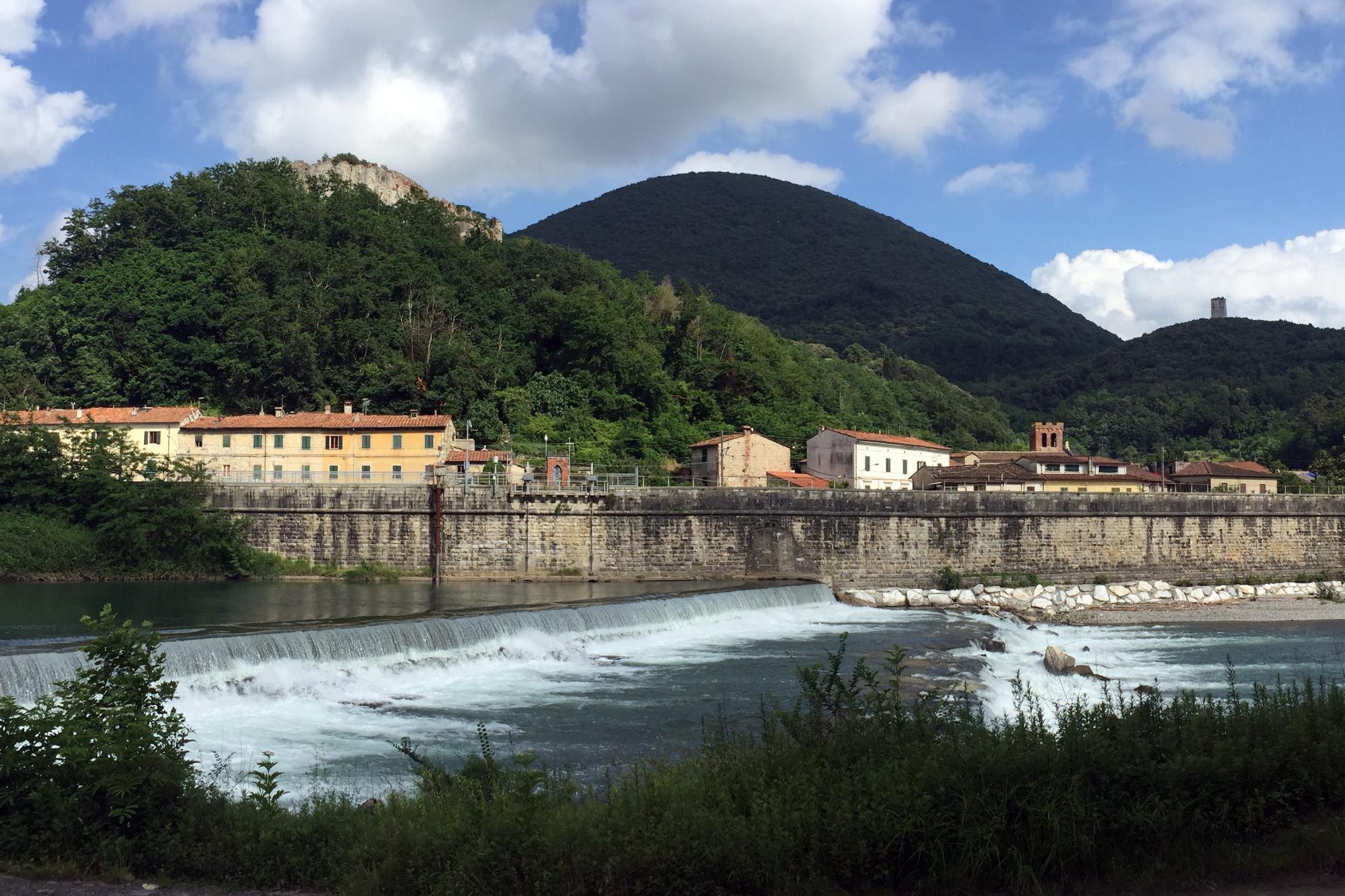
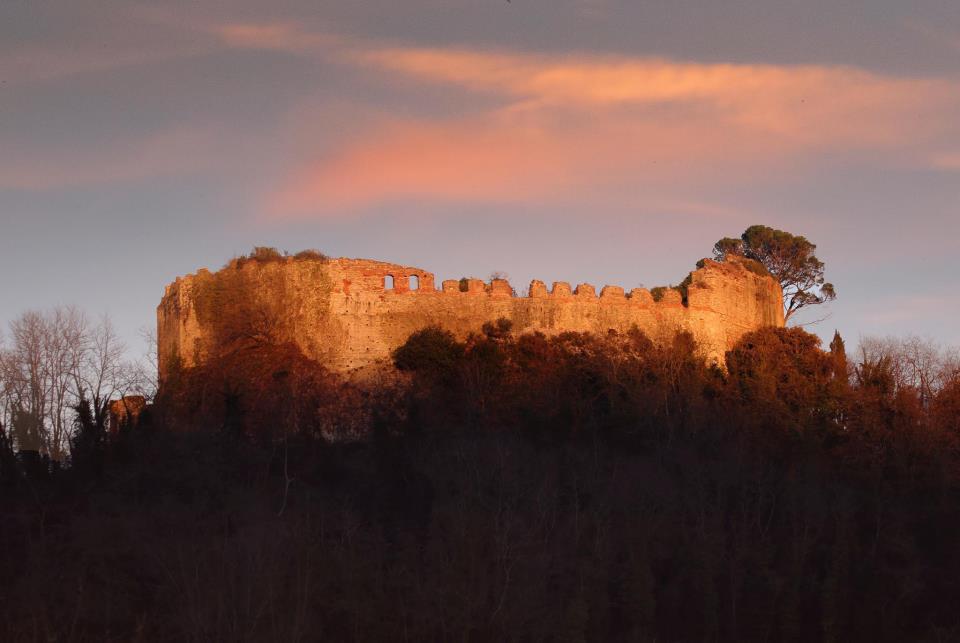
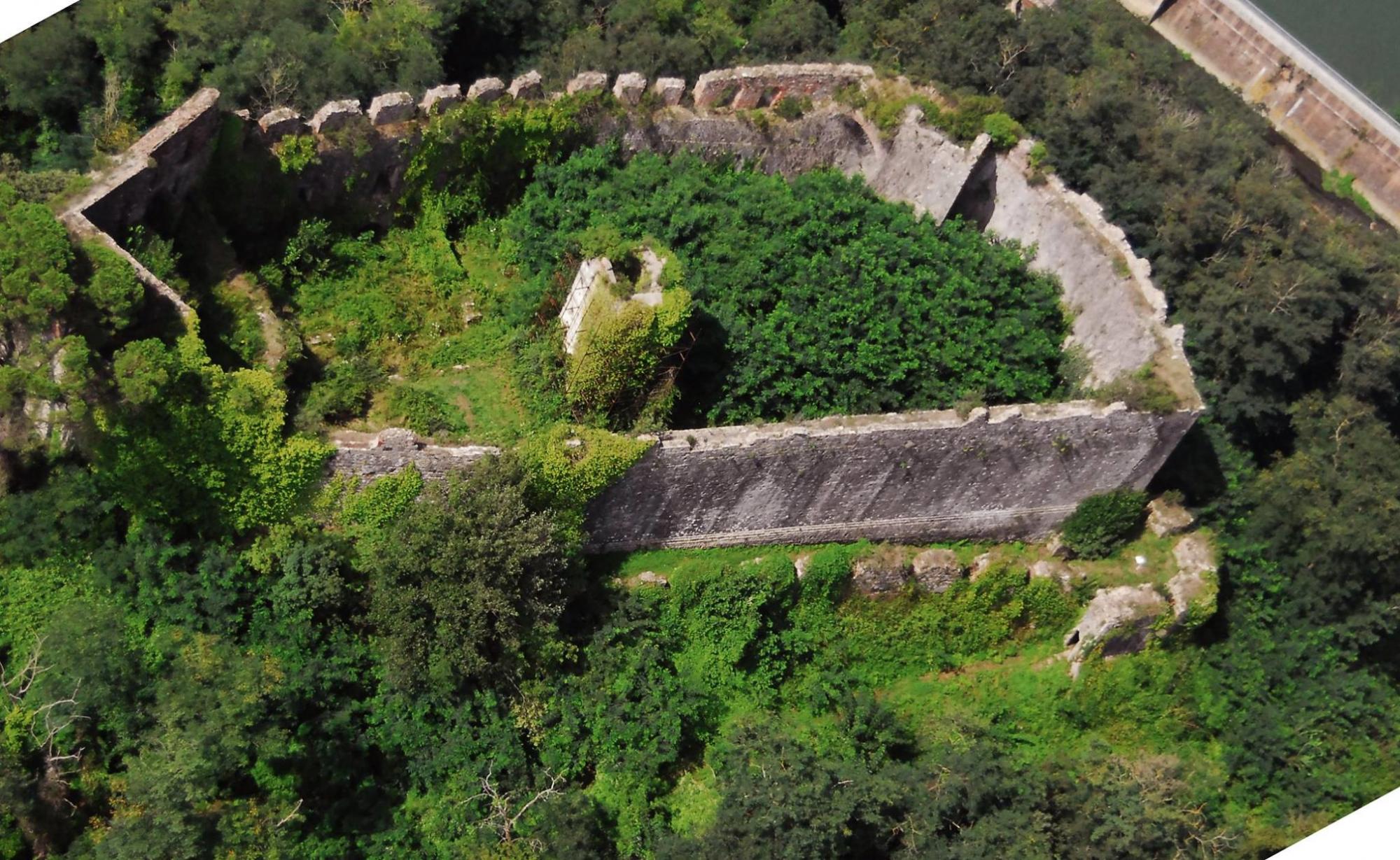

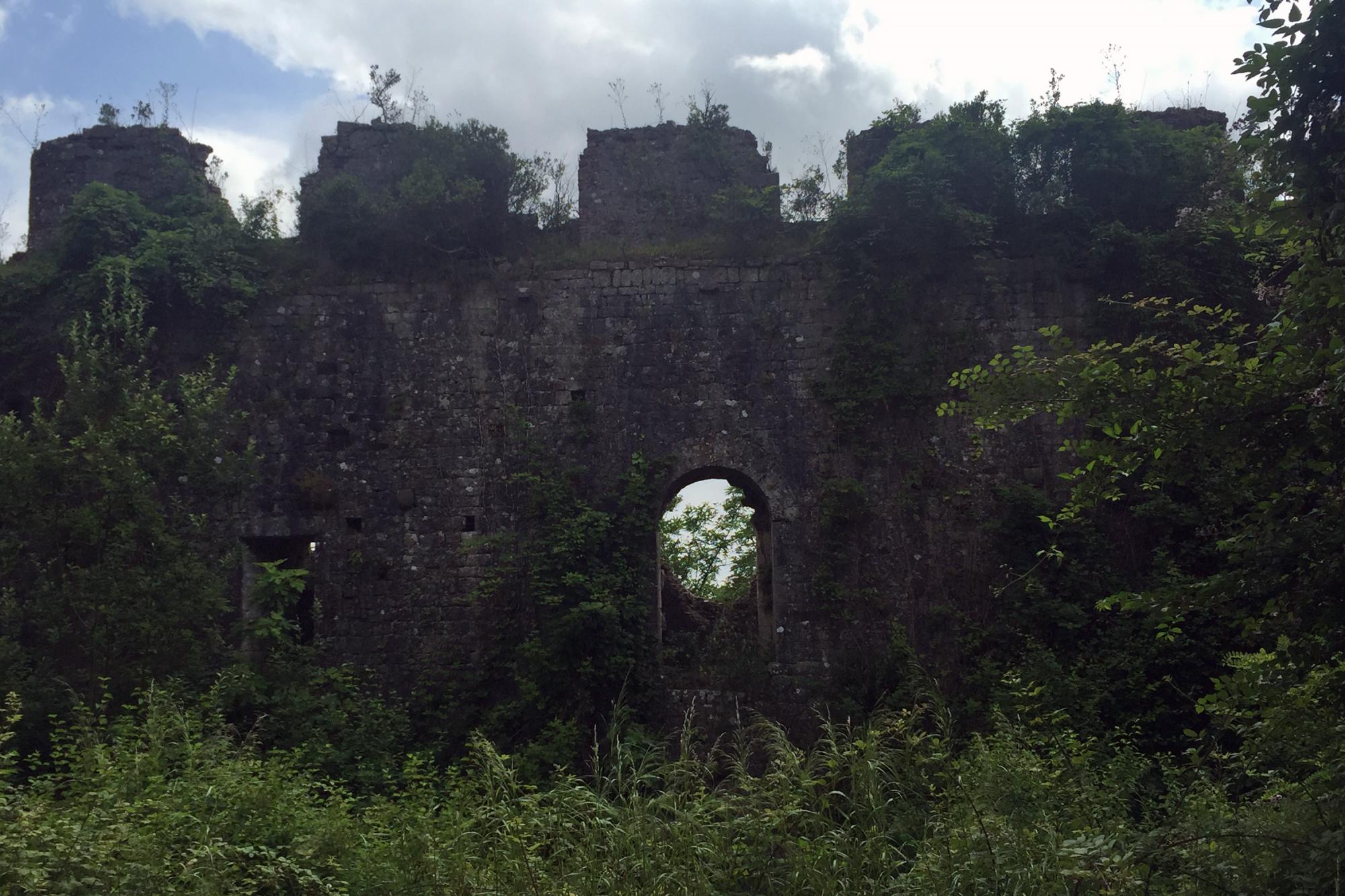
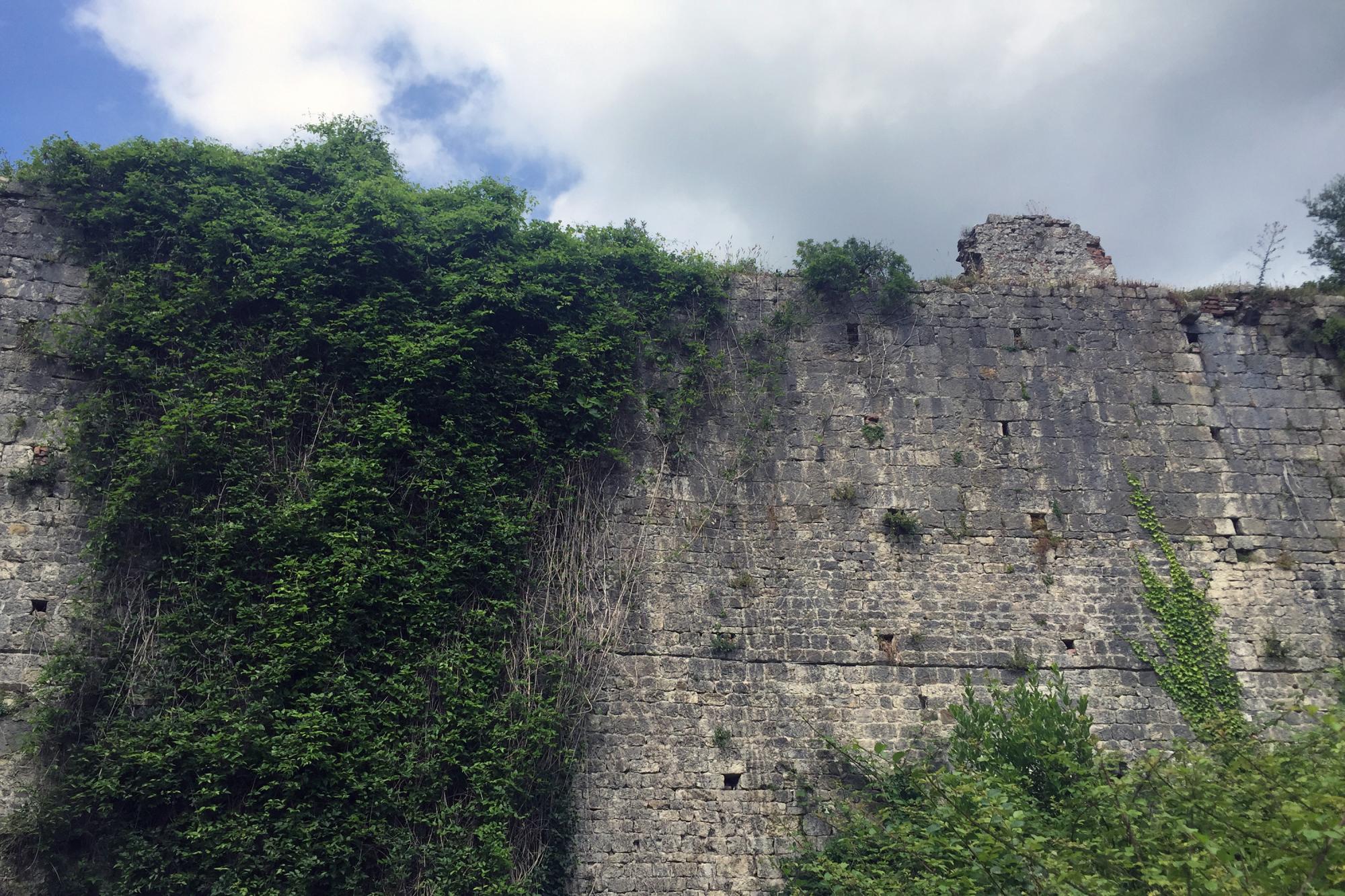
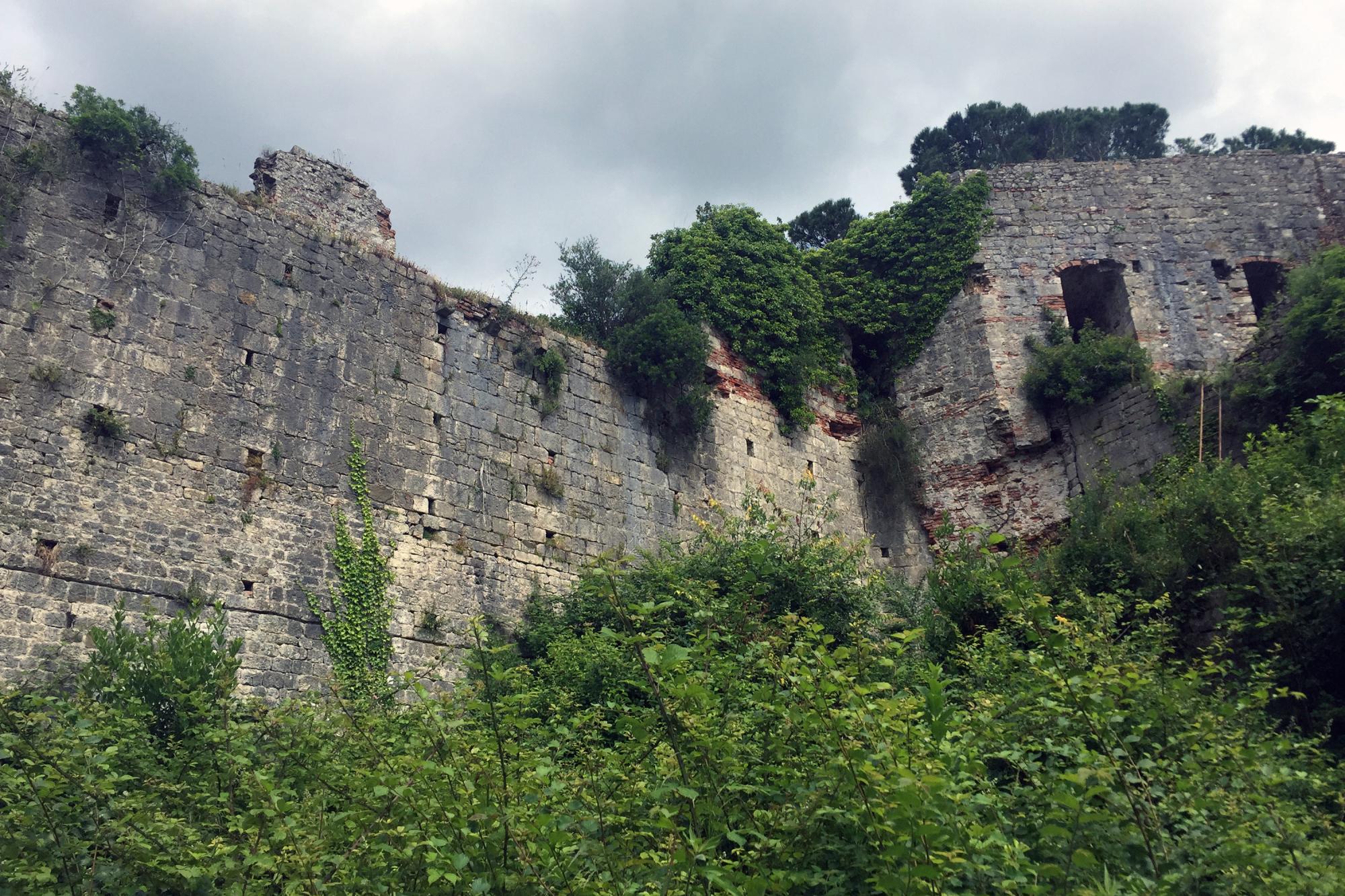

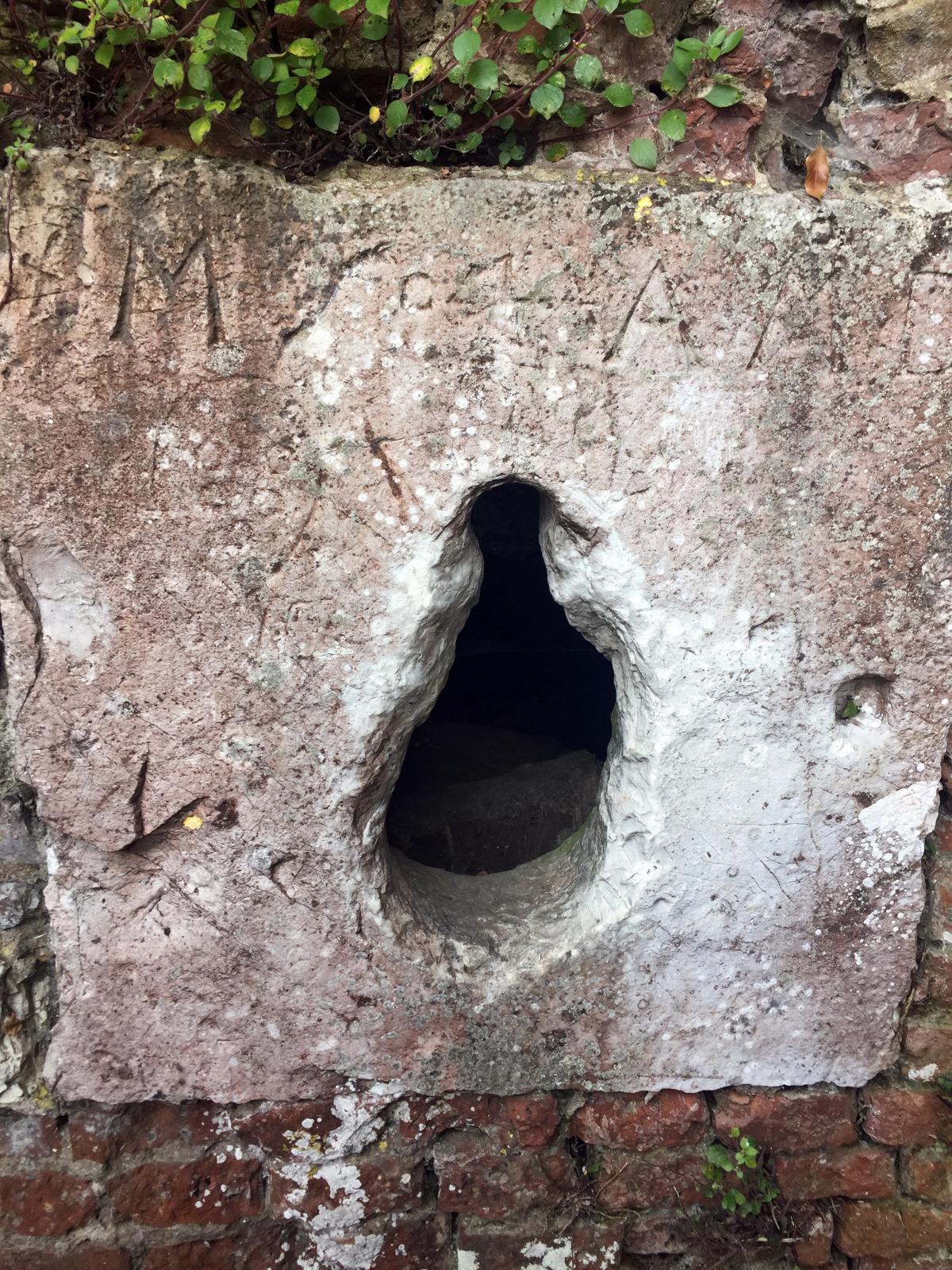
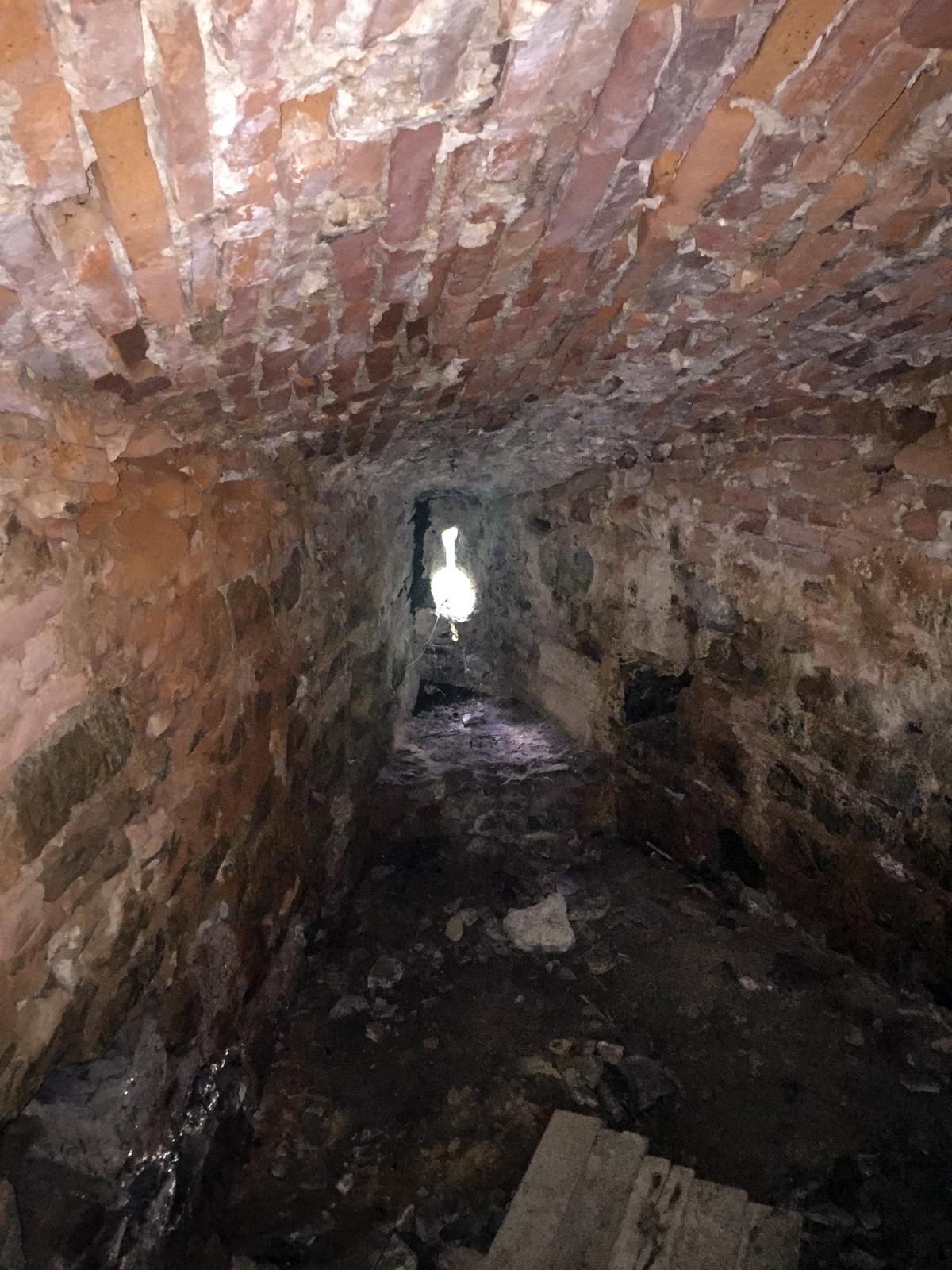
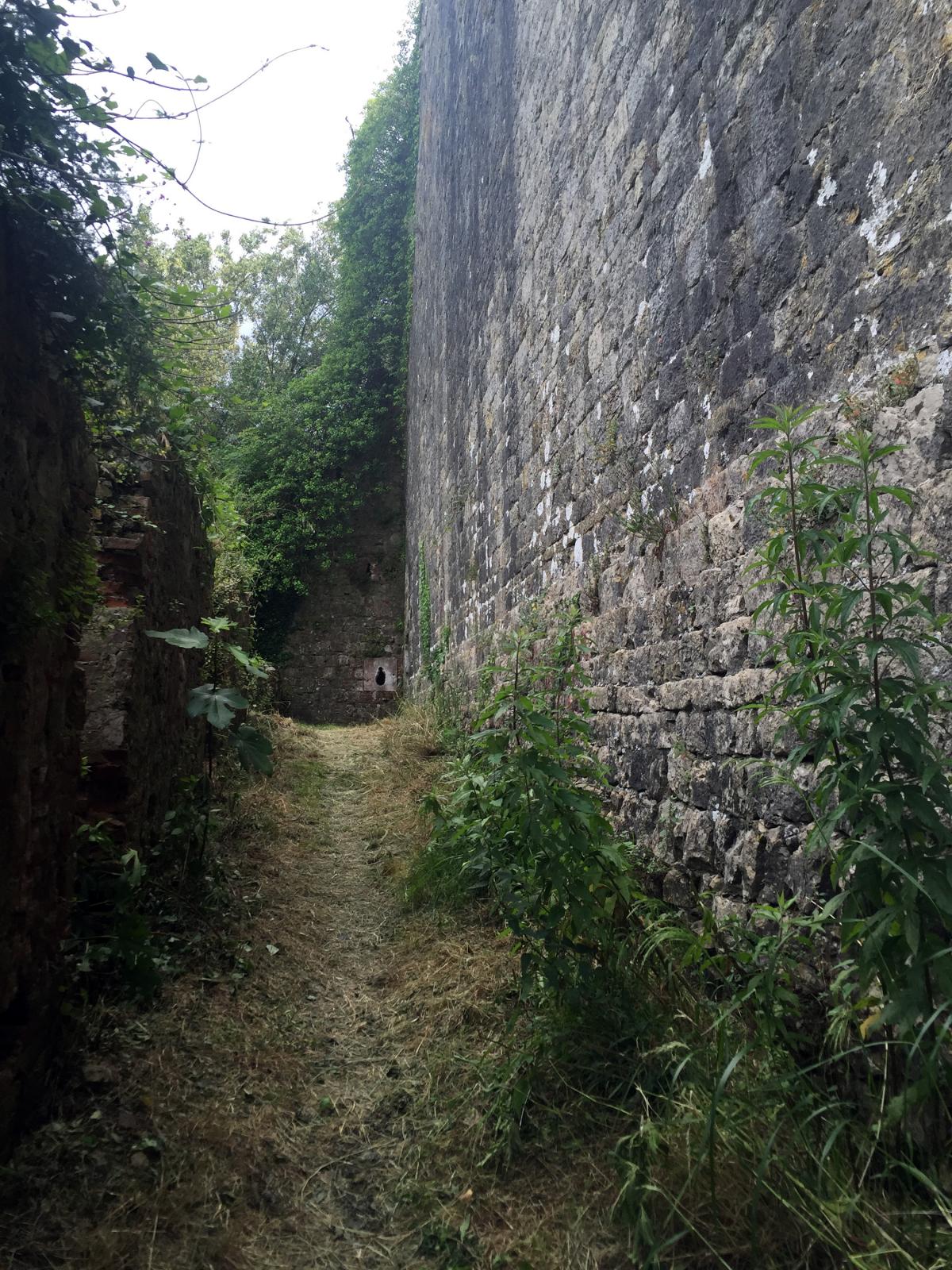
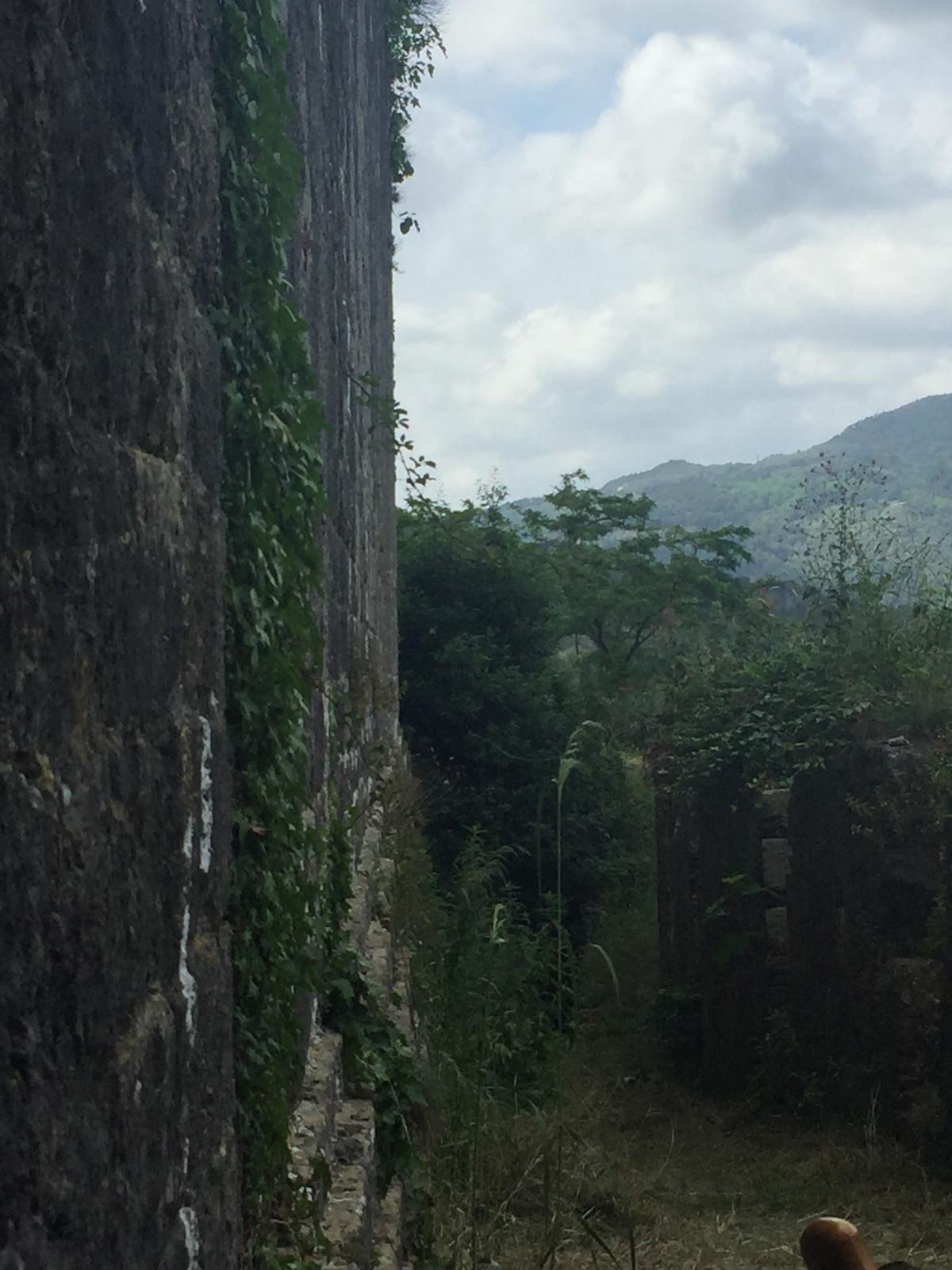
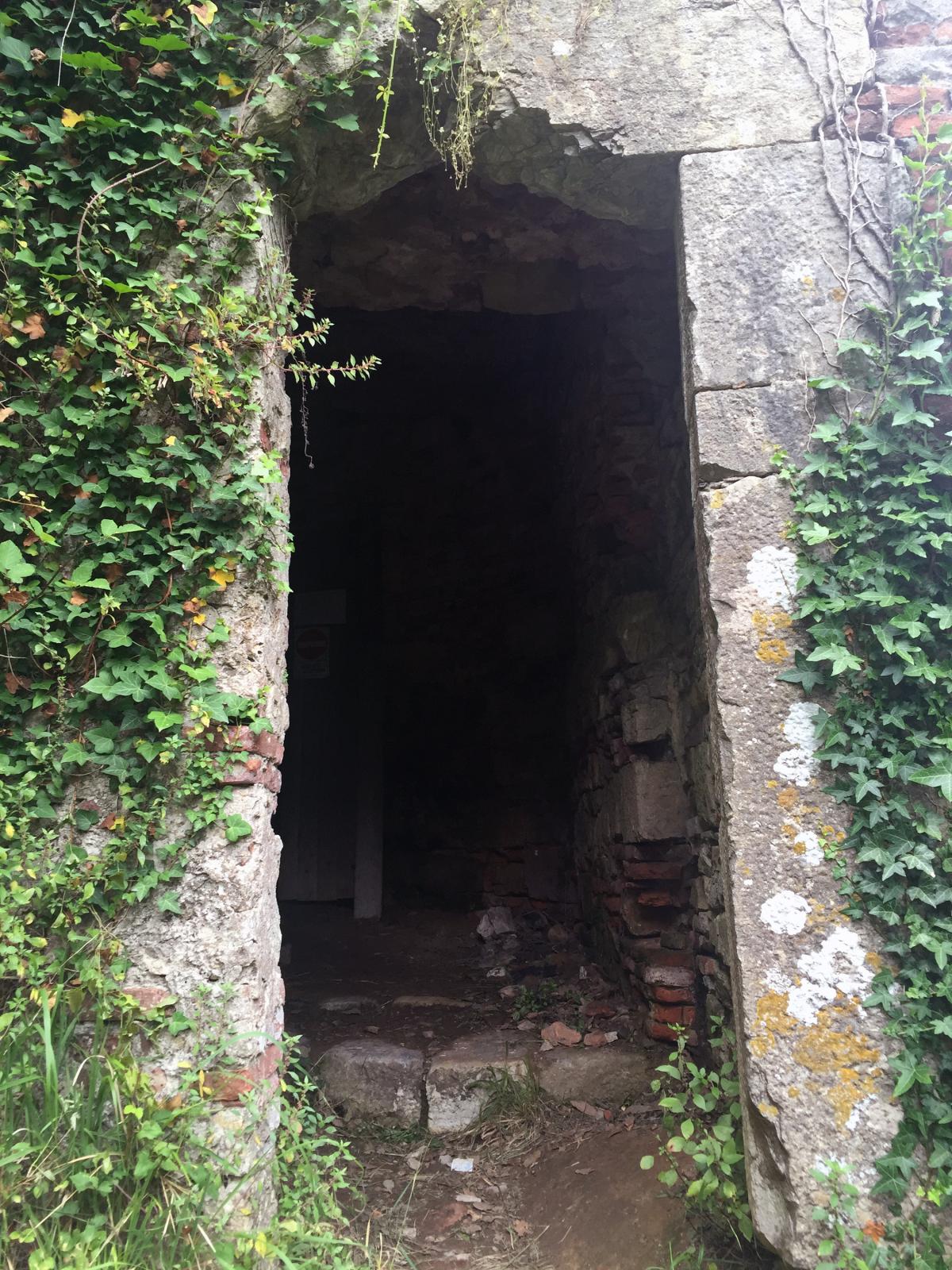
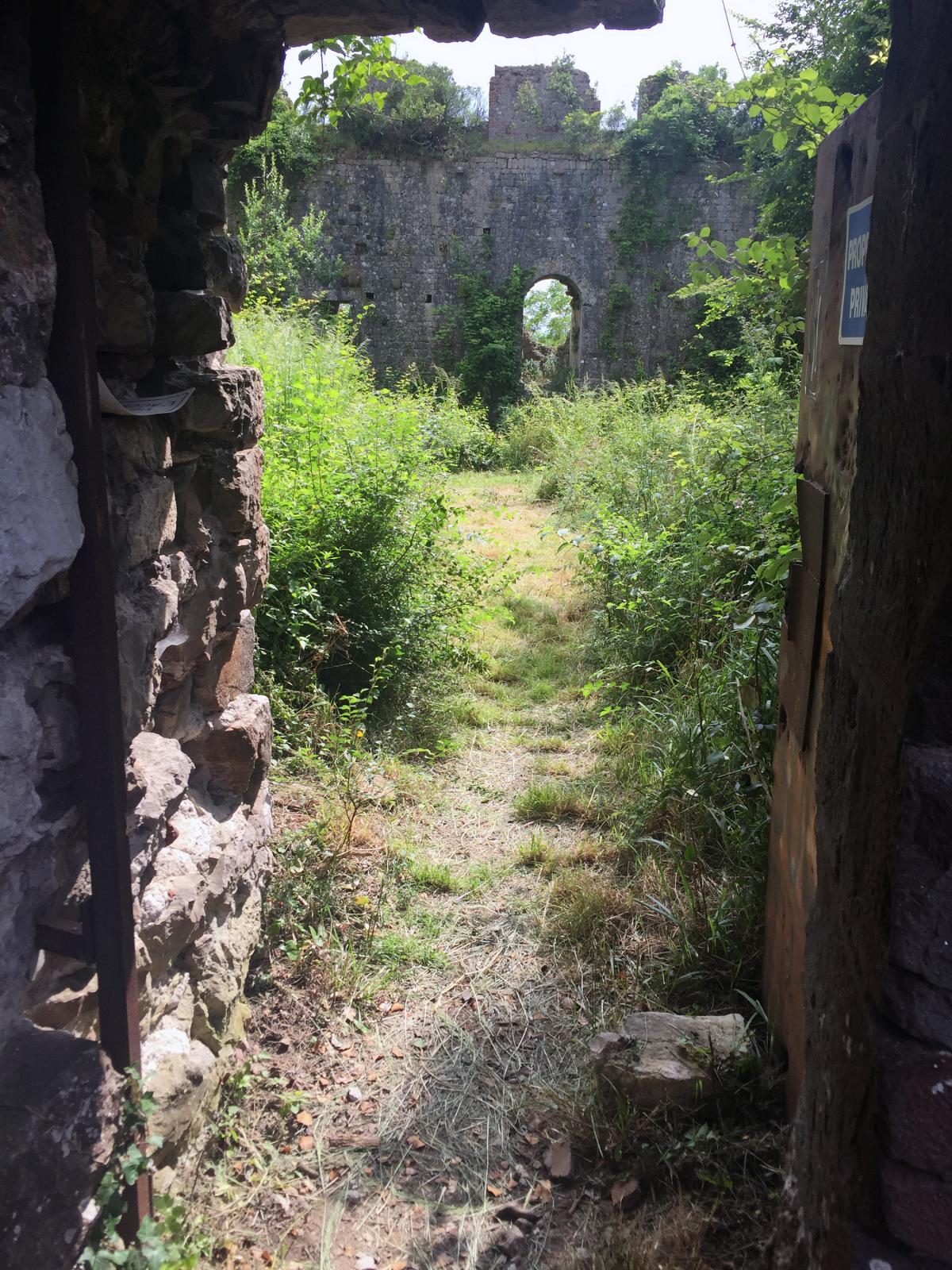
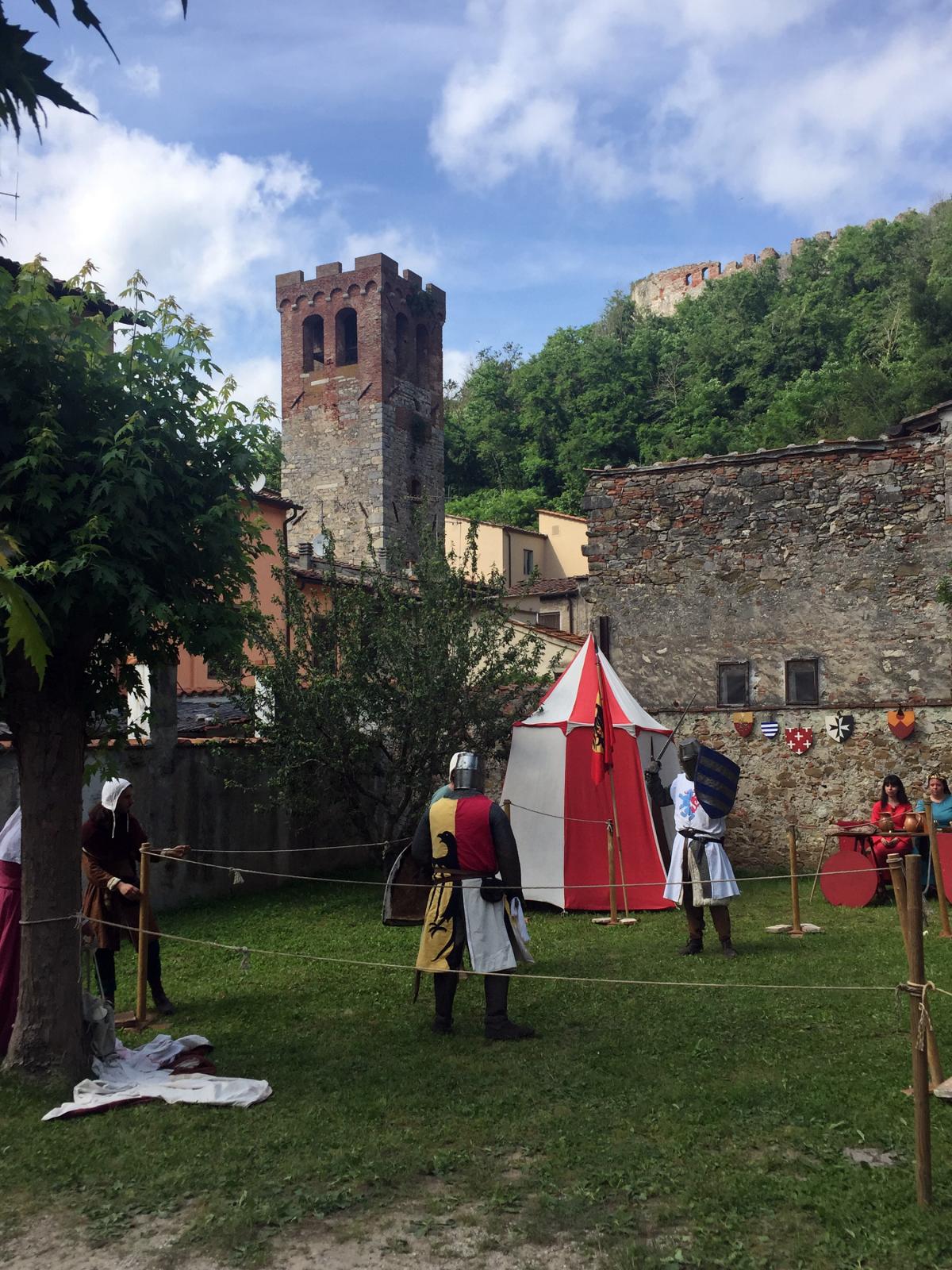















How to reach
The fortress of Ripafratta is reached, from Florence, by the Autostrada A11 [Firenze-Mare]. Exit at Lucca. Then follow the signs for SS12 "dell'Abetone," being careful to go in the direction of Pisa [south] rather than Abetone [north]. Do not take SS12bis, which is an alternative route toward Pisa. From Lucca it is about 10km [10 miles]. You will see the fortress on the left, above the town of Ripafratta.
History
A legend, supported by historical events, says that the town of Ripafratta was named because a tectonic split in Mount Pisano led to a landslide that diverted the course of the Serchio River farther to the west. Before these events, the Serchio had joined the Arno at Bientina, east of Mount Pisano. 'Ripa' or riva is a bank or shore in English; 'Fratta' in modern Italian is rotta, or broken, in English.
Ripafratta has been a fortified site under the dominion of Pisa. The fortress dominates the river Serchio at its narrowest point in the valley between Pisa and Lucca. The first clash between the Luccan and Pisan forces at the fortress was documented in 1004. Very soon, this area was noticed by the Florentines, into whose hands it first fell in 1254. After the battle of Montaperti (1260), Ripafratta was returned to Pisa, only to return again to Florence. In 1314, Uguccione della Faggiola reinforced the fortress, returning it to Pisa. The militia of Castruccio Castracani occupied the fortress, and then Ripafratta passed definitely to Florence thanks to Captain Guglielmo Altoviti, who wiped it out with a hundred soldiers.
All this passing back and forth points out the strategic importance of Ripafratta in the Middle Ages. In the 15th century, the famous Florentine architect Giuliano da Sangallo completely rebuilt the fortress to withstand the use of firearms. Thus rendered practically impenetrable, the fortress was able to withstand many attempts by the Pisans to recapture it through the 15th and 16th centuries.
One can still recognize the former importance of this fortress as the fulcrum of a complex defense system erected in this contested border zone. On a hill above the village of Ripafratta rise the high thin curtain-like walls of the fortress. The 14th century additions of Sangallo are easily denoted because they are made of clay bricks built upon the darker stone of the earlier walls. The only portal is overhung with the coat-of-arms of various Pisan and Florentine governors.
This gateway leads you to the inner ward, where there are scant remains of the keep, a former watchtower, and the oldest beginnings of the castle. Nowadays, these are not visible from outside the circular walls. In the inner courtyard, there are ruins of the 'constable's residence', the entrance to the underground passages, and the water cisterns. Two angular towers, now tumbled down, protected the east and west defenses.
Square watchtowers are found on the hills surrounding the fortress. The one on the south side toward Mount Pisano and the one on the east side along the river are still in pretty good condition. A third tower is still visible on the hill to the north, on the opposite side of the Serchio. A fourth tower at the base of the hill, which controlled the river, has disappeared.
Unfortunately, all these fortifications are now in a serious state of disrepair and are at risk of collapse, due to the effects of time and nature. There has also been damage due to the ground sinking in this whole area. This is a continuation of the process that led the town to be called Ripafratta. The road which leads to the fortress has been closed for safety reasons.
The Rocca is now owned by the Municipality of San Giuliano Terme (PI), formally acquired on April 27, 2021, after being long held by private individuals. This was the result of a decade-long mobilization campaign led by Salviamo La Rocca and supported by the local community. The decision to purchase was unanimously made by the municipal council, with financial support from the Tuscany Region.
Currently, there is no definitive executive project for the restoration of the structure. However, the Promoting Committee has developed a programmatic document called the "Strategic Program for the Recovery of Rocca di Ripafratta," presented in March 2022. This document will outline the phases of the process, including fundraising, cleaning, archaeological surveys, design, and preliminary safety measures.
In the early months of 2023, the municipality announced a partnership with the University of Pisa and one of its spin-offs to initiate a significant campaign of architectural surveys. This initiative is preparatory to drafting a detailed project for the safety and redevelopment of the Rocca.
